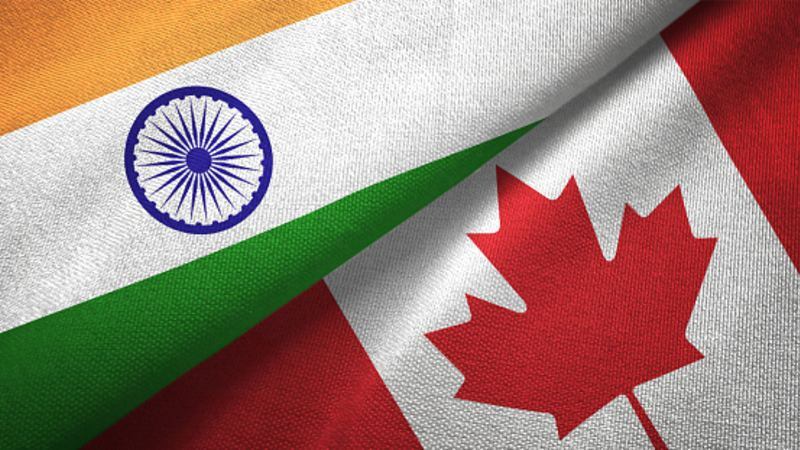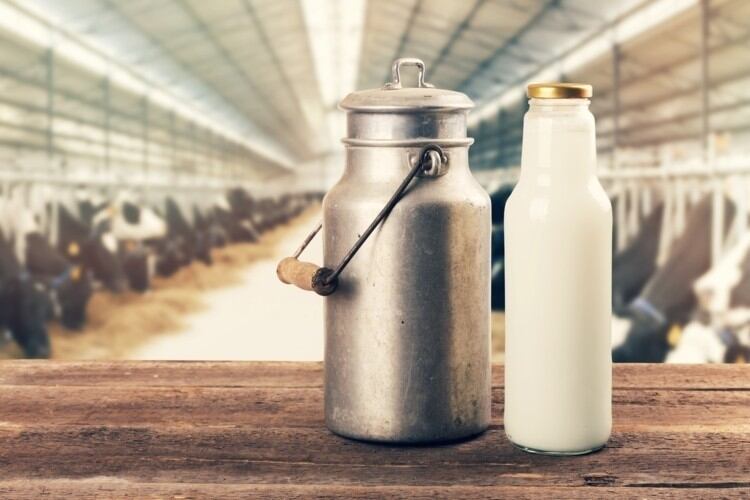According to numbers from the Trade Promotion Council of India (TPCI), there are many areas of potential when it comes to food trade between the two countries, especially for processed food products.
“Potential for enhancing Indian exports exists across many categories – [from] our interactions with Indian and Canadian businesses, some of the key product categories with potential for Indian exports include coffee, processed/ready-to-eat fresh fruits and bakery products,” TPCI Chairman Mohit Singla told FoodNavigator-Asia.
“Canada is a lucrative market with the food and drink consumption base expected to progressively increase due to improving lifestyles and disposable incomes [and particularly for India, there is a] sizeable Indian diaspora there of around 2.5 million, which is expected to grow even further in the coming years, which is a key market for Indian processed food products.
“Roasted snacks and non-oil health food supplements are also being explored as potential products as the population shows a preference for healthy supplements, [and] buyers have also identified very specific products like moringa (drumstick leaf) and makhana (foxnuts) as potential exports.
“A closer food trade relationship with Canada will certainly help India enhance its exports of a wide variety of fresh and processed food products.”
At present, Indian agricultural product exports to Canada stand at US$442.2mn as of 2019, and imports from Canada are at US$463.3mn with the most traded products being pulses and leguminous products.
“India and Canada are highly complementary economies, given the nature of their bilateral trade,” Singla added.
“The strategic India-Canada economic partnership is moving to the next level in business and political terms - trade has gone up to 24% during COVID-19, and [even before that] investments from Canada to India grew from US$5bn to US$60bn over the last 5 years.
“[Indian businesses would also do well to focus on Canada as] its partnerships (North American Free Trade Agreement and United States-Mexico-Canada Agreement) may be seen as a conduit to the North American market and space in future.”
FTA on the way?
India is currently in discussions with Canada to seal what is called the India-Canada Comprehensive Economic Partnership Agreement (CEPA), which Singla appeared to be quite optimistic about.
“India is interested to create more jobs for its information technology professionals by facilitating easier work visa, and the Canadian side has assured India that they would look into the issues concerned and what kind of provisions could be built into the CEPA,” he said.
“India in turn has agreed that in certain sectors, it will accept clauses like ratchet and MFN (Most Favoured Nation)-forward in services and investment. Thus, Indian exporters have immense opportunities to grab with the germane approach and strike synergies for mutual growth.”
‘Ratchet’ refers to provisions where both countries commit to keep any future opening of their respective markets in a specific sector locked once unilaterally agreed to (no reversing the decision), whereas MFN treatment denotes that a lower customs duty offered by any member of the World Trade Organization (WTO) to another country must be extended to all other members of the WTO, according to the European Free Trade Association (EFTA).
“The food and drink consumer base in Canada will see consistent growth in time to come, [and] a huge demand already exists in their food and drink market for material inputs and retail products that are ready for consumption,” added Singla.
“My advice to Indian exporters is that there is pressing need to set up warehousing facilities in large numbers in Canada, so that it works as a gateway for Indian food and other products to enter Canadian market.
“Also, the Indian food industry has to internalise the Canadian [consumers’] food tastes and produce foods [according to these choices] to grow fast.”
Repairing frayed relations
TPCI’s stand is in stark contrast to the state of India-Canada relations just a few years back, when Canadian Prime Minister Justin Trudeau was basically stood up by Prime Minister Narendra Modi during his visit to India in 2018, which has been linked to his apparent closeness to Khalistan sympathisers.
The Khalistan movement is a movement by Sikh people looking to create their own sovereign state for Sikhs in the Indian state of Punjab. Canada is home to about half a million Sikhs, and Canadian media had released photographs of an ‘apparent familiarity’ between Trudeau and Sikh extremist Jaspal Atwal around the time of the visit, according to the Washington Post.
Two years on, this refreshed viewpoint from TPCI, which is backed by the Indian government’s Department of Commerce, could indicate that India is ready to put all of that behind them and work on repairing relations, especially in the wake of the COVID-19 pandemic outbreak.
Although Singla did not confirm this, he added that the current priority was to boost local farmer incomes and promote food supply stability globally.
“[The] priority is to sustainably grow India’s contribution to global agricultural trade in terms of commodities as well as processed food products,” he said.
“This will help boost farmer incomes in line with policy objectives as well as contribute to supply stability in the global market, particularly in the pandemic period.”





